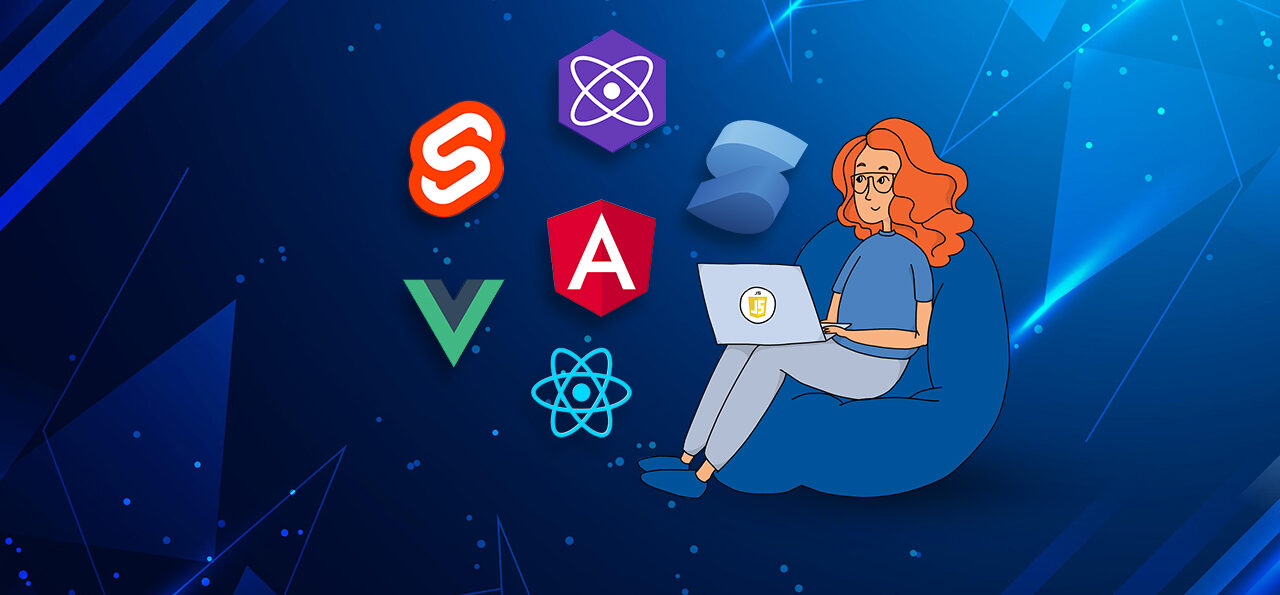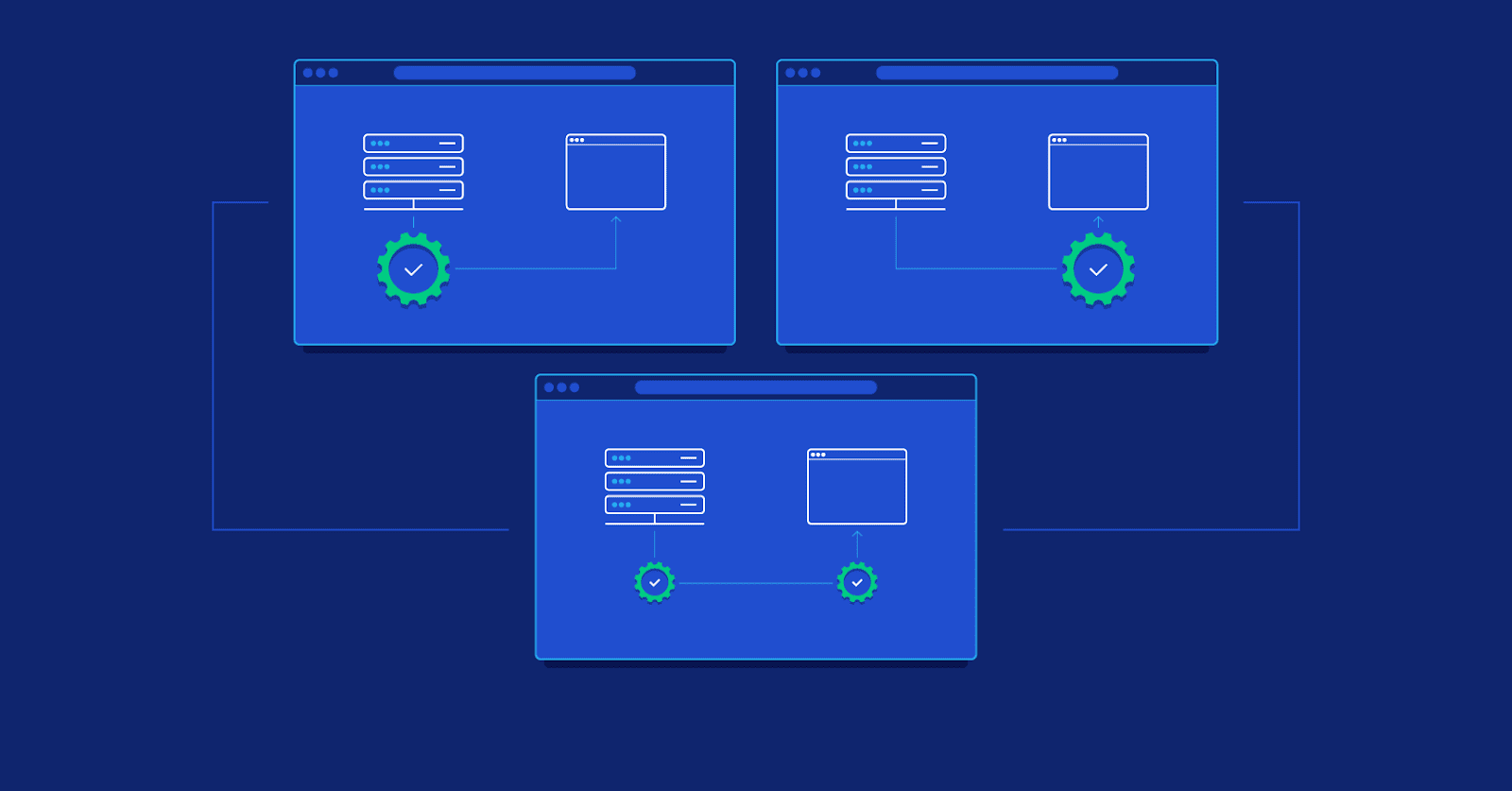Discover the Secrets of the Web Development Roadmap: Level Up Your Skills
Are you passionate about web development and looking to enhance your skills? The ever-evolving field of web development requires continuous learning and exploration to stay ahead. In this article, we will uncover the secrets of the web development roadmap that will help you level up your skills and become a proficient web developer. Whether you're a beginner or an experienced professional, these insights will provide you with valuable guidance to navigate your way to success.
Table of Contents
- Introduction: The Exciting World of Web Development
- Understanding the Fundamentals
- Mastering HTML: The Building Blocks of the Web
- Cascading Style Sheets (CSS): Designing Webpages with Style
- Unleashing the Power of JavaScript
- Exploring Front-End Frameworks and Libraries
- Back-End Development: Building the Server-Side
- Database Management: Storing and Retrieving Data
- APIs and Integrations: Connecting Your Web Applications
- Version Control and Collaboration
- Testing and Debugging: Ensuring Quality
- Web Performance Optimization: Speed and Efficiency
- Security Best Practices: Protecting Your Applications
- Responsive Design: Creating a Seamless Experience
- Keeping Up with Emerging Technologies
- Conclusion
1. Introduction: The Exciting World of Web Development
In this section, we'll explore the dynamic and ever-evolving field of web development. We'll discuss the increasing demand for skilled web developers and the exciting opportunities that lie ahead for those who choose this career path.
2. Understanding the Fundamentals
Before diving deep into web development, it's essential to grasp the foundational concepts. We'll cover topics such as client-server architecture, HTTP protocols, and the basic structure of a website. Building a strong foundation will set you up for success in your web development journey.
3. Mastering HTML: The Building Blocks of the Web
HTML (Hypertext Markup Language) forms the backbone of every web page. In this section, we'll explore the ins and outs of HTML, including tags, elements, attributes, and semantic markup. You'll learn how to structure your content effectively and create well-organized web pages.
4. Cascading Style Sheets (CSS): Designing Webpages with Style
CSS (Cascading Style Sheets) brings life to the web pages by adding visual appeal and aesthetics. We'll delve into the world of CSS, covering topics like selectors, properties, and the box model. You'll discover how to create stunning layouts, apply stylish fonts, and incorporate eye-catching colors.
5. Unleashing the Power of JavaScript
JavaScript is the programming language that enables interactivity and dynamic functionality on the web. In this section, we'll explore JavaScript's core concepts, including variables, data types, control flow, and functions. You'll gain the skills to add behavior to your web pages and create interactive user experiences.
6. Exploring Front-End Frameworks and Libraries
Front-end frameworks and libraries provide developers with pre-built components and tools to streamline the development process. We'll introduce popular frameworks like React, Angular, and Vue.js, along with libraries such as jQuery. You'll learn how to leverage these technologies to build responsive and feature-rich web applications.
7. Back-End Development: Building the Server-Side
While front-end development focuses on the user interface, back-end development powers the server-side functionality. We'll explore back-end programming languages like Python, Ruby, and Node.js. You'll understand how to handle data, process requests, and build robust server-side applications.
8. Database Management: Storing and Retrieving Data
Databases play a crucial role in web development, allowing you to store and retrieve data efficiently. We'll cover both SQL and NoSQL databases, including popular choices like MySQL, PostgreSQL, MongoDB, and Firebase. You'll gain insights into data modeling, querying, and establishing relationships between entities.
9. APIs and Integrations: Connecting Your Web Applications
APIs (Application Programming Interfaces) enable seamless integration between different applications and services. We'll dive into RESTful APIs, authentication mechanisms, and data exchange formats like JSON. You'll discover how to consume APIs and build integrations that expand the capabilities of your web applications.
10. Version Control and Collaboration
Effective collaboration and version control are crucial for successful web development projects. We'll introduce Git, a powerful version control system, and explore essential concepts like branches, commits, and pull requests. You'll learn how to collaborate with other developers and manage your code effectively.
11. Testing and Debugging: Ensuring Quality
No application is complete without proper testing and debugging. We'll discuss different testing methodologies, including unit testing, integration testing, and end-to-end testing. You'll gain insights into debugging techniques and tools that help you identify and fix issues in your web applications.
12. Web Performance Optimization: Speed and Efficiency
Web performance is critical for delivering a smooth and responsive user experience. In this section, we'll explore techniques to optimize your web applications for speed, including minification, caching, lazy loading, and code splitting. You'll learn how to measure and improve performance to ensure your websites load quickly and efficiently.
13. Security Best Practices: Protecting Your Applications
Security is of utmost importance in web development. We'll discuss common security vulnerabilities and best practices to protect your applications from threats like cross-site scripting (XSS), SQL injection, and cross-site request forgery (CSRF). You'll gain knowledge on implementing secure authentication and authorization mechanisms.
14. Responsive Design: Creating a Seamless Experience
With the increasing use of mobile devices, responsive design has become a necessity. We'll explore techniques to create responsive web applications that adapt to different screen sizes and orientations. You'll learn how to use media queries, flexible grids, and fluid layouts to ensure your websites look great on any device.
15. Keeping Up with Emerging Technologies
Web development is a field that continually evolves. In this section, we'll discuss emerging trends and technologies that are shaping the future of web development. We'll cover topics like Progressive Web Apps (PWAs), serverless architecture, and the Internet of Things (IoT). Stay ahead of the curve by exploring these exciting advancements.
Conclusion
Congratulations! You've embarked on an exciting journey to level up your web development skills. In this article, we've covered the essential aspects of the web development roadmap, providing you with a solid foundation and insights into various technologies and concepts. Remember to practice regularly, build projects, and stay curious. The world of web development is full of endless possibilities, and by continuously learning and exploring, you'll unlock your true potential.




















